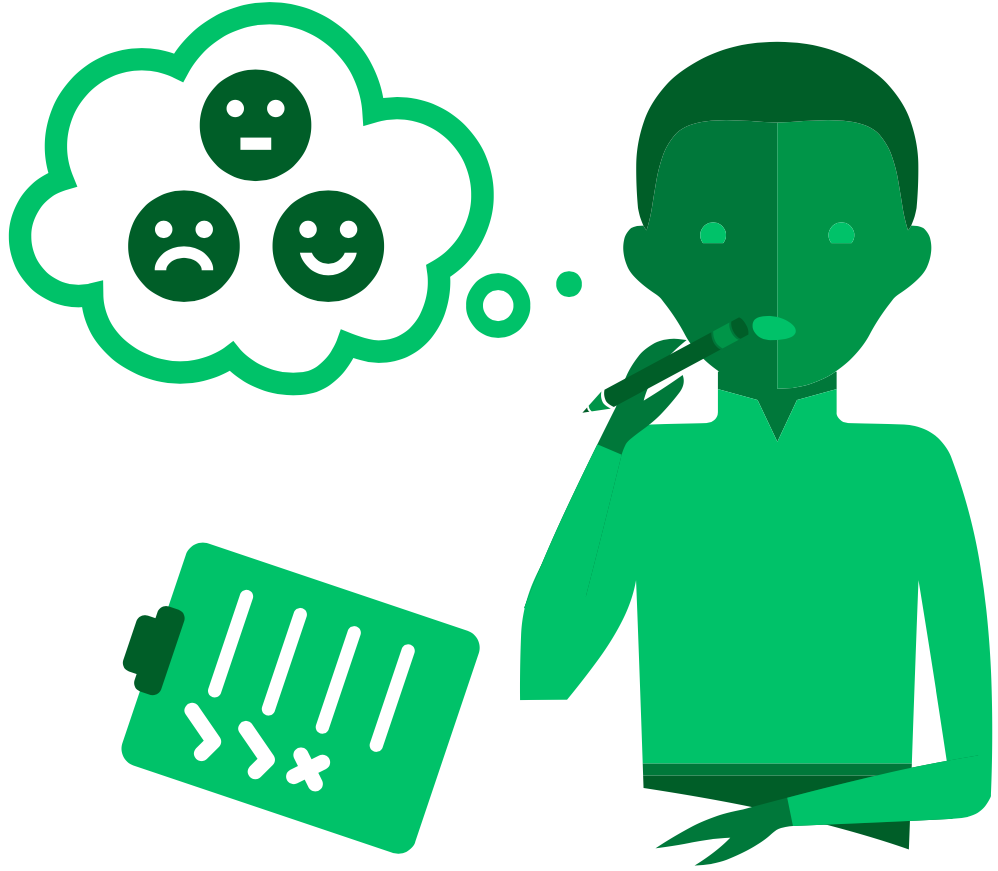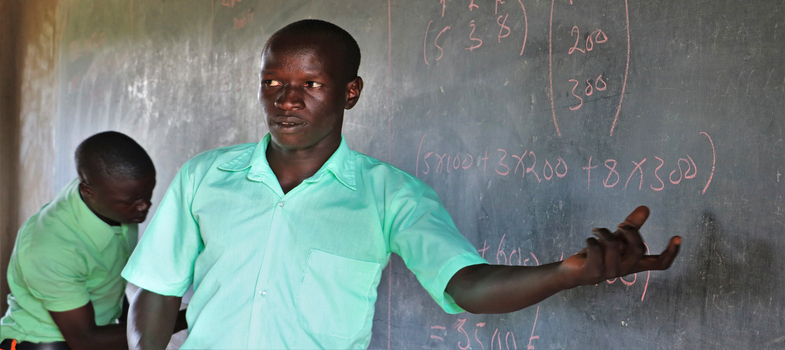Self-assessment

Learners become better learners when they deliberately think about what they are learning and how they are learning it. In this kind of reflection, learners step back from the learning process to reflect on their learning strategies and their progress as learners. This encourages learners to become independent learners and increases their motivation.
Self-assessment is a meaningful exercise that helps learners to critique their own work and form judgments about their strengths and weaknesses. It also informs the teacher about learners’ thoughts on their progress, and gives the teacher feedback on how learners are internalising the course material.
Execution
- Provide clear targets and criteria against which learners can measure their own performance.
- Guide learners in defining their own personal and achievable short-term learning goals.
- Guide the learners to ensure they provide sufficient evidence to support their self-assessment, in line with the set criteria or rubric.
- Allow time for learners to share their self-assessments with a peer or in a small group.
- Repeat the self-assessment exercise several times until learners are familiarised with it.
Tips
Weaker learners tend to mark themselves up with the self-assessment technique. To tackle this issue self-assessment can be accompanied by a form of peer-assessment.
Student portfolio Peer-assessment
